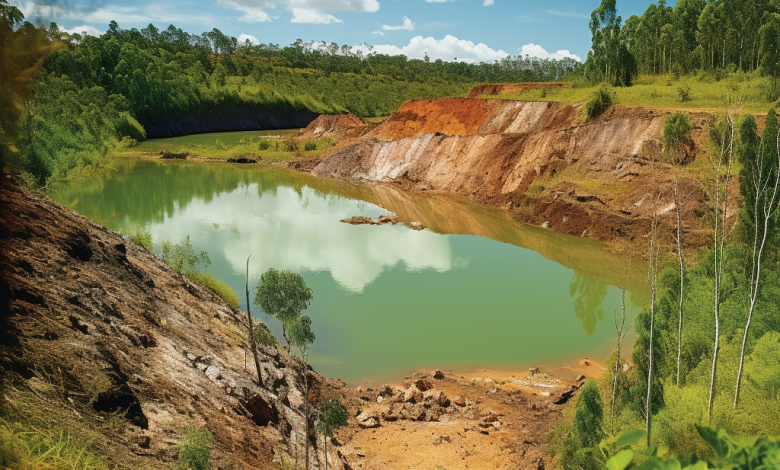
- Sustainable practices in mineral extraction are critical for addressing the environmental and social challenges associated with the industry. While the extractive sector has made strides towards minimizing its environmental impact, there is still work to be done. By embracing technological innovations, adhering to rigorous standards, and fostering collaboration, the mining industry can continue to evolve towards a more sustainable and responsible future, where profitability and environmental protection go hand in hand.
Mineral extraction is an essential component of global industrial development, providing the raw materials needed for numerous industries ranging from construction and electronics to transportation and energy production. However, the traditional methods of mineral extraction often come at a significant environmental cost, with detrimental impacts on ecosystems, local communities, and climate change. This article investigates the current state of sustainable practices in mineral extraction, exploring the challenges faced by the industry in balancing profit with minimizing environmental harm.
The Environmental Toll of Mineral Extraction
Historically, mineral extraction has been associated with widespread environmental degradation. Deforestation, soil erosion, water pollution, and the release of greenhouse gases are just a few of the negative consequences resulting from traditional mining practices. Additionally, the social and health impacts on nearby communities, including displacement, health hazards, and social unrest, cannot be overlooked.
Corporate Social Responsibility and Industry Initiatives
In recent years, there has been a growing recognition among mining companies of the need to adopt sustainable practices and prioritize environmental responsibility. Many major players in the industry have made commitments to reduce their environmental footprint, promote responsible mining, and engage in community development.
For instance, leading mining companies have begun integrating sustainability into their corporate strategies by implementing stringent environmental management systems, embracing renewable energy sources, and investing in innovative technologies to minimize waste and pollution. Some have even collaborated with local communities and environmental organizations to ensure the sustainable use of resources and promote biodiversity conservation.
Regulatory Frameworks and Certification Programs
Governments around the world are also stepping up efforts to regulate the mining industry and enforce environmentally friendly practices. Stricter regulations, such as mandatory environmental impact assessments, reclamation plans, and tailings management guidelines, aim to minimize the adverse effects of mining operations.
Furthermore, certification programs such as the Initiative for Responsible Mining Assurance (IRMA) and the Extractive Industries Transparency Initiative (EITI) have emerged to promote transparency, accountability, and sustainable practices within the mining sector. These initiatives encourage companies to adhere to a set of standards covering environmental performance, social responsibility, and community engagement.
Innovations and Technological Advancements
Advancements in technology are playing a crucial role in transforming the mining industry towards sustainability. Innovations such as remote sensing, robotics, and automation are enabling more precise exploration, reducing the need for large-scale excavation and the associated environmental impact. Furthermore, the integration of artificial intelligence and machine learning is enhancing efficiency and minimizing waste in mineral processing and extraction.
Companies are also exploring alternative extraction methods, such as biomining and urban mining, which utilize microorganisms or recycled materials to recover valuable minerals with reduced ecological harm. These innovative approaches have the potential to revolutionize the industry and reduce its overall environmental footprint.
Challenges and Future Outlook
While progress has been made towards sustainable mineral extraction, significant challenges remain. The extractive industry often operates in remote and politically unstable regions, where weak governance and lack of enforcement hinder the implementation of sustainable practices. Additionally, transitioning to more sustainable methods requires substantial financial investments and shifts in corporate culture, posing challenges for smaller mining enterprises.
The future of sustainable mineral extraction lies in the collective efforts of governments, industry stakeholders, and local communities. Collaborative approaches, inclusive decision-making processes, and the active involvement of indigenous communities will be vital in achieving a balance between economic profitability and environmental preservation.




